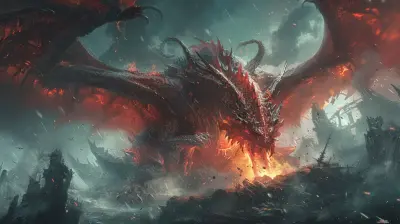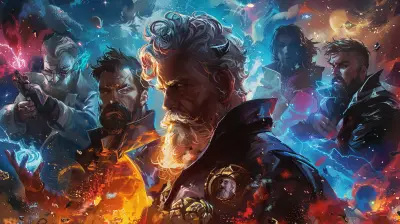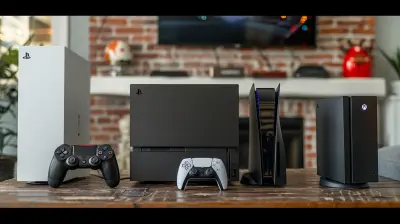How to Draft Like a Pro in Competitive Titles
28 October 2025
So, you've hopped into a competitive game, and you’re feeling pretty confident. You’ve got fast reflexes, a solid aim, and map knowledge to boot—but when it's time to pick your character or build your deck? Uh-oh. Panic sets in. You’re not alone—drafting is where good players turn into great ones.
Whether it’s MOBAs like League of Legends or Dota 2, hero shooters like Overwatch, or even card-based battlers like Hearthstone and Legends of Runeterra, drafting is everything. It’s the chess before the mayhem. Done right, it can single-handedly tip the odds in your favor.
Let’s break down how you can draft like a pro across different competitive titles—no fluff, just smart strategies.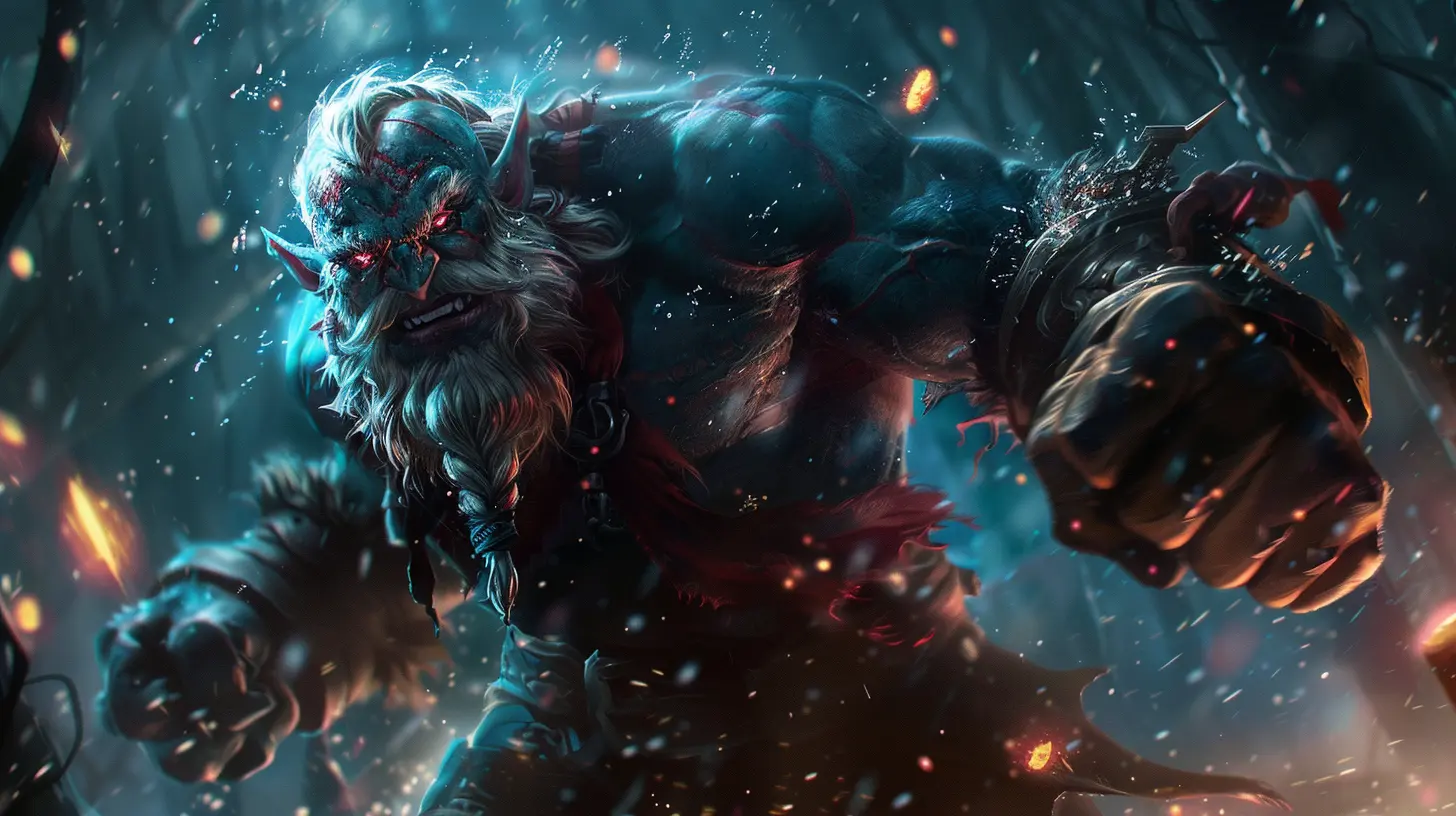
What Does "Drafting" Mean in Competitive Games?
Before diving deep, let’s get on the same page. In the context of competitive games, "drafting" refers to selecting characters, roles, or cards before a match starts. It’s about making informed choices based on strategy, synergy, counter-picks, and sometimes just pure mind games.Think of it like building your dream team while trying to stop your opponent from doing the same. You need to balance power, flexibility, and team dynamics—ideally before the loading screen even shows up.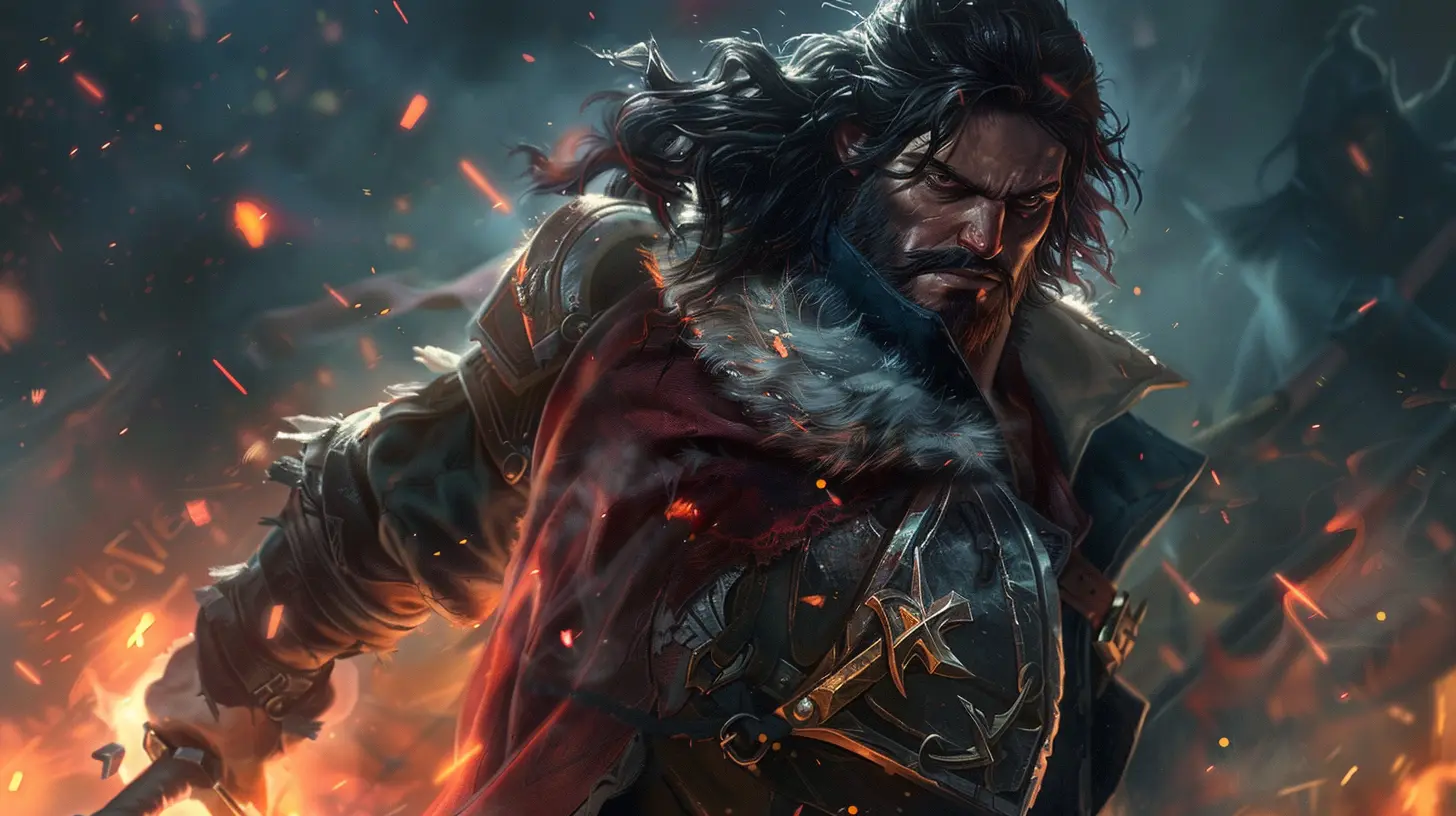
Why Drafting Is So Important
“Can’t I just play my favorite character every time?” Sure, if you want to hover in low ranks forever. But if you want to climb that ladder, you've got to adapt.Drafting is where matches are quietly won or lost. Your decisions before the game starts can:
- Create natural advantages against the enemy comp
- Prevent being countered into oblivion
- Maximize synergy within your team
- Open up tactical opportunities you wouldn’t otherwise have
In other words, it’s the prologue to your victory story.
Know Your Game: Drafting Works Differently Everywhere
Before trying to “draft like a pro,” you need to understand how drafting actually works in your game of choice. Here’s how it plays out in a few popular competitive games:MOBAs (League of Legends, Dota 2)
- Ban/pick phases: Teams take turns banning characters before selecting.- Counter-picking: You pick heroes or champions that specifically neutralize enemy picks.
- Synergy: Your team’s heroes need to function together. No synergy = no chance.
Hero Shooters (Overwatch, Paladins)
- Role distribution: Tanks, DPS, supports—every role counts.- Switching mechanics: In Overwatch, for example, you can swap mid-match, so drafts need flexibility.
- Map awareness: Some heroes excel on specific maps. Choose with the terrain in mind.
Card Games (Hearthstone Arena, Legends of Runeterra)
- Curve management: Ensuring you have cards for all stages of the game.- Win conditions: Draft towards a way to actually win, not just survive.
- Consistency over flashiness: Fancy combos are great—until you never draw the right cards.
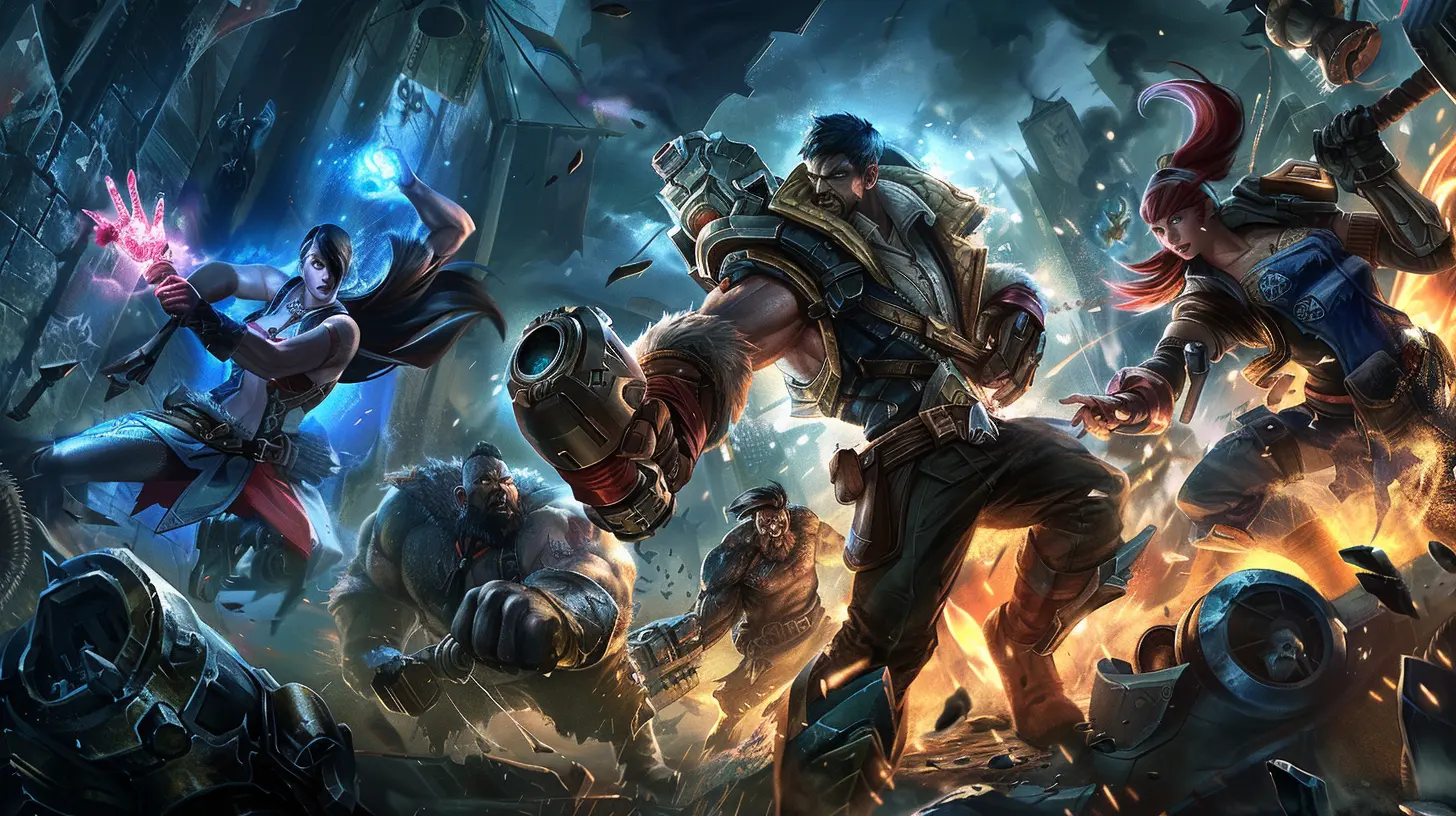
Pro Tips to Draft Like a Beast
Alright, ready to level up? Here’s the meat and potatoes—these are the things pros always keep in mind during the draft phase.1. Know the Current Meta (But Don’t Marry It)
Every competitive game has a “meta”—the most effective tactics available. This includes which characters are strong, which strategies win matches, and which combos are being exploited the most.- Always stay updated with patch notes and tier lists from top players or analysis platforms.
- But remember, the meta shifts constantly. Don’t rely on it like a crutch.
- Just because a hero is S-tier doesn’t mean it fits your comp or playstyle.
Meta-awareness is crucial, but flexibility is where winners are made.
2. Understand Roles and Responsibilities
You’re not just picking for fun—you’re building a squad that wins. Each draft decision fills an essential role.Ask yourself:
- Does your team have enough frontline?
- Are you lacking burst damage? Utility? Healing?
- Does this character fulfill a unique niche the team needs?
Filling gaps is often better than doubling down on strengths.
3. Learn How to Counter-Pick (Without Getting Countered Yourself)
This is where real drafting finesse shines. Picking a counter is about disrupting your enemy’s plans. But if you’re too obvious about it, they’ll just counter back in the next phase.- Study common matchups.
- Pick characters that work broadly but have targeted strengths.
- Save flexible picks for later in the draft if you can.
It becomes a mental tug-of-war—the best drafters are just as much mind-readers as they are gamers.
4. Think Synergy, Not Just Power
A team full of strongest-in-the-meta picks can still fall apart if they don’t work well together.Imagine a soccer team with all star strikers but zero defense. Sounds fun until you realize you’re losing 6-5 every match.
Consider:
- Crowd control chaining
- Buff/debuff coordination
- Healing and shielding coverage
- Mobility setups
One well-synced team will almost always outperform a disjointed band of superstars.
5. Draft With the Map or Mode in Mind
Yep, the battlefield matters more than you think.- Some heroes are beastly in tight corridors but useless in open terrain.
- Card games often have specific rulesets per mode—draft accordingly.
- In games with lane systems, consider who excels in side vs. center lanes.
A good draft isn’t just strong—it’s right for the moment.
Drafting Psychology: Outfoxing Your Opponent
Here’s the juicy part: drafting isn’t just math and strategy. There's a serious psychological game at play.Hide Your True Intentions
- Pick flex characters early to keep your draft ambiguous.- Don’t show your win condition too soon—it gives your opponent a blueprint to beat you.
Bait and Switch
- Sometimes the best move is to act like you're going one direction, then pivot hard.- Pick a character that could be used in multiple roles, then use them in an unexpected way.
Force Poor Decisions
- Grab a top-tier pick that blocks your opponent from getting it, even if it’s not your usual comfort zone.- Force them into less favorable options, limit their synergy.
The draft is a poker game—you’re creating pressure and bluffing as much as planning.
Training Your Drafting Brain
You can’t improve at drafting just by thinking about it—you have to practice it like any other skill.Watch Replays or Streams
- Focus on what pros and streamers pick and, more importantly, why.- Listen to their reasoning—they often think two steps ahead during drafts.
Use Tools and Tier Lists (With Caution)
- Helpful for learning the meta, but don’t let them dictate every pick.- Tools like Mobalytics, Tiermaker, or HearthArena can guide decisions but not define them.
Try Mock Drafts
- Some communities or tools allow you to simulate drafts.- Even sketching hypothetical scenarios helps build muscle memory.
Common Drafting Mistakes to Avoid
Even seasoned players fall into traps now and then. Here are the most common blunders:- Tunnel Vision: Only picking what YOU want and ignoring the team’s needs.
- Copy-Pasting: Blindly following meta builds or comps without understanding the "why."
- Ignoring Counters: Drafting a strong hero, only to watch them get hard-countered two picks later.
- Overcomplicating: Trying to make a 4D chess play when a simple, strong comp would suffice.
Drafting like a pro is often about mastering the simple things and executing them consistently.
Drafting in Solo Queue vs. Competitive Play
Let’s be real—solo queue and competitive team play are two different beasts.In solo queue:
- Communication is limited or nonexistent.
- You often draft blind, without much synergy planning.
- Comfort picks usually outperform niche meta picks.
In competitive play:
- Communication is tight.
- Coordinated strategies are possible during the draft.
- Role trust and flexibility are key.
So adapt your approach! In solo queue, leaning into comfort and flexibility wins. In team play, the draft can be ultra-specific and strategic.
Final Thoughts: Drafting Is a Skill, Not a Luck-Based Game
A lot of players treat drafting like flipping a coin: “Eh, either I get my main or I don’t.”But pros know this is where champions are made. Drafting isn’t luck—it’s learning, adaptation, and yes, a bit of psychology.
So the next time that draft timer starts ticking, don’t panic. Smile. That’s your moment to start winning before the match even begins.
all images in this post were generated using AI tools
Category:
Gaming StrategiesAuthor:

Kaitlyn Pace
Discussion
rate this article
1 comments
Christa Elliott
Drafting wizards cast winning spells!
November 4, 2025 at 4:16 PM
